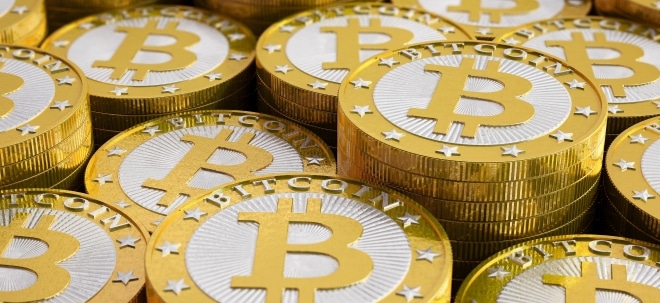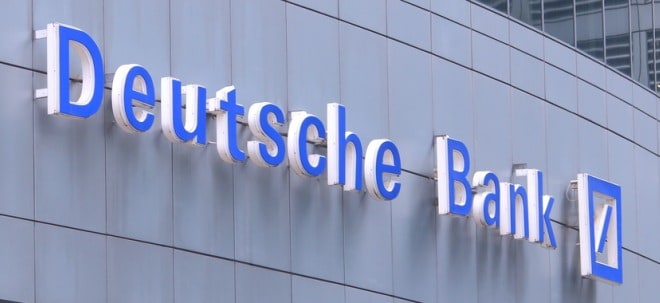Uranium stands out from the other metals, having barely budged from the post-melt-down low. Over the last year, nearly all of the metals have recovered from the lows following the financial crisis. The uranium price has been held back by a number of factors, which are poised to change over the coming weeks. As the uranium price finally begins to track the other metals higher, the companies in the sector will also come alive.
To a large extent, the sharp fall in the uranium price and the inertia at the bottom of the market is a result of the success enjoyed by uranium before the crash. Uranium, for a period, was the most popular of metals for many investors. The uranium price, and the prices of many of the companies, was driven to unsustainable levels.
For decades, a spot market for uranium barely existed. Nearly all of the metal was traded under long term contracts between suppliers and users. Suddenly there was an active spot market, propelled largely by investors. Uranium, which traded as low as $8 in 2002, reached a peak of $136 a pound in early 2007.
During that run-up in the uranium price, more than 400 junior companies suddenly became uranium exploration experts, at least according to their investor relations materials. The early stages of the financial crisis triggered the bursting of the uranium bubble. The sharp sell -off in uranium companies affected all companies in the sector. The good companies were sold off along with companies that never did have value. After such a steep decline, investors have been reluctant to get back into uranium. Yet, the fundamentals of the uranium market are exceptionally strong.
Demand for Uranium is Growing Strongly
Demand for uranium to fuel nuclear power plants is set to grow rapidly as the nuclear industry expands. The world’s appetite for energy is expanding at a fast pace, driven largely by modernization of the developing nations. At the same time as total energy demand is growing, there is a growing impetus to reduce the burning of carbon-based fuels.
Currently, nuclear energy provides 6% of the world’s total energy supply, including 15% of the world’s electricity. Some countries rely heavily on the nuclear industry; in the United States, nearly 20% of the
electricity is produced from nuclear power and in France it is a whopping 78%.
There are now over 430 reactors operating worldwide and 56 more are presently under construction. Plants now in the planning stages number 136 units in 26 countries – mainly in China and India. China, struggling to reduce its reliance on coal, is expected to further expand its nuclear industry, and could see more than 100 nuclear power plants. The country has plans to stockpile the metal to avert supply shortages. In North America, existing nuclear reactors are being expanded (although at a slower rate due to the recession and permitting delays) and licenses are being extended. The U.S. stimulus plan has also dedicated funding to providing loan guarantees for new plants.
New generation reactors are more efficient than older units, and that will moderate the growth in demand. Nevertheless, over the coming years, usage of uranium as a fuel for nuclear power plants is forecast to grow at a fast pace. At present, annual global usage of uranium is around 150 million pounds.
Supply of Uranium is Constrained
Of the 150 million pounds of uranium consumed annually, only 100 million pounds comes from mines. Most of the balance is derived from converted nuclear warheads. In 1993, Russia and America signed a deal called “Megatons to Megawatts”, under which the Russians are converting a portion of their weapons-grade material from warheads into nuclear fuel for reactors. That material has been an important part of the uranium fuel market for more than a decade. Russia has given notice that after 2013 it will reduce or curtail uranium fuel sales to the rest of the world. Much of the original stockpile of weapons has now been converted, and Russia will require more fuel for its own expanding nuclear power industry. (That material will not be available to the rest of the world, but will be a component of the Russian supply.)
So, as demand for uranium is on a strong growth trend, an important component in fuel supply will be reduced. Clearly, the mining industry has a major task to grow supplies to match growing demand and to offset the loss of the Russian supply. In addition to nuclear fuel, new uses for this metal are continuing to emerge, adding further pressures to the supply picture.
Uranium is a fairly abundant element in the earth’s crust. Numerous deposits have been identified over the past few decades. Several companies are working towards developing some of those deposits. Exploration for new deposits is also continuing. Companies that make high grade discoveries are most likely to attract investor interest.
New supplies of uranium will be coming on-stream, but it is doubtful that new mine development will keep pace with both the growth in demand and the loss of the Russian supplies. Permitting any mine takes a long time, often years. Uranium mines are more difficult and time consuming to permit than other mines. For that reason, the uranium market will likely see a supply squeeze over the next couple of years.
Outlook for the Uranium Price
Investor attention is focused on the spot price. Yet, more than 80% of trading in uranium is under long-term contracts. The size of the spot market was even smaller until investors began to take an active interest in the market in 2006.
It is important to note that the long term contract price has been consistently above the spot price since the collapse of the spot market in 2007. This shows that operators of nuclear power plants are prepared to pay substantially more for uranium supplies than indicated by the spot price.
Supply will grow, but is unlikely to match the growth in demand and offset the supplies now coming from Russia. The anticipation of a supply squeeze a couple of years into the future will see the market rebound in the near future.
Inevitably, the spot price will get back into alignment with the long term price. That thinly traded spot market could rebound quickly with any signal that interest is returning to the uranium market.
With new reactors set to come on stream over the coming years, operators will be lining up supplies. Add to that the likelihood that China will build a strategic stockpile, and it becomes clear that there will be new buying coming into the market.
With the spot price moribund, and the long term price stable, there has been no urgency. Once either measure begins to track higher, buyers on the sidelines will quickly enter the market.
At the very least, the spot price should realign with the long term price, and that would provide a strong boost to investor sentiment.
Implications for Uranium Developers
At this time, investors are tending to value uranium developers on the basis of the more visible spot price. Using that measure, valuations are not terribly exciting. However, as the spot price moves higher, the valuations will be re-rated.
Compounding the issue at the moment is that the western world is mired in a period of slow growth. Therefore, industrial commodities like uranium remain out of favour for most investors. Companies in that sector are similarly unattractive at this moment.
Over the coming weeks, investor sentiment is almost certain to improve, for a number of reasons. First, the pain of the last meltdown is fading. Secondly, any rise in the spot market will trigger renewed investor interest. Most importantly, once investors begin to look objectively at the companies in the uranium space, they will see some compelling valuations.
Another important trigger will be further consolidation in the uranium mining industry. The large and the mid-tier producers have a firm grasp of the big picture in the longer term. They want to grow their production capabilities. There have been a number of deals over the past few years that brought small companies together to create mid-tier producers.
There is a huge value creation in going from a small one-project mining company to being part of a larger multi-mine producer. The combined entity often has a value well in excess of the sum of the parts before the merger. That boost in value comes from a number of sources:
- The perceived risk is lower for a multi-mine company compared to a company where the entire value is dependent on a single mine.
- The large size brings the combined company into the realm where it is owned by larger institutional investors.
- The larger companies can afford a higher level of management and technical expertise, as the cost is shared over multiple operations.
The consolidation process is likely to add value to the shares of both the consolidator companies and to the acquired companies.


 Thread abonnieren
Thread abonnieren



